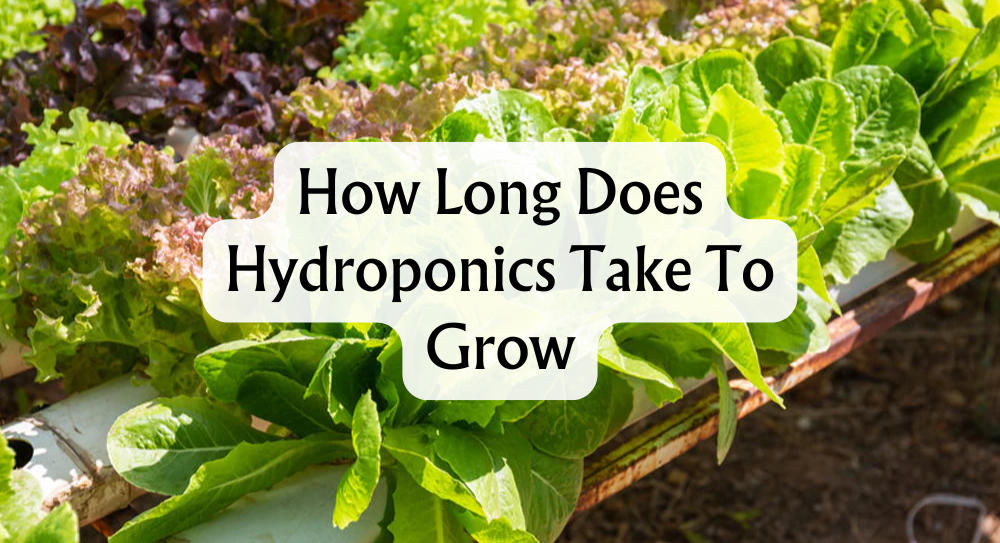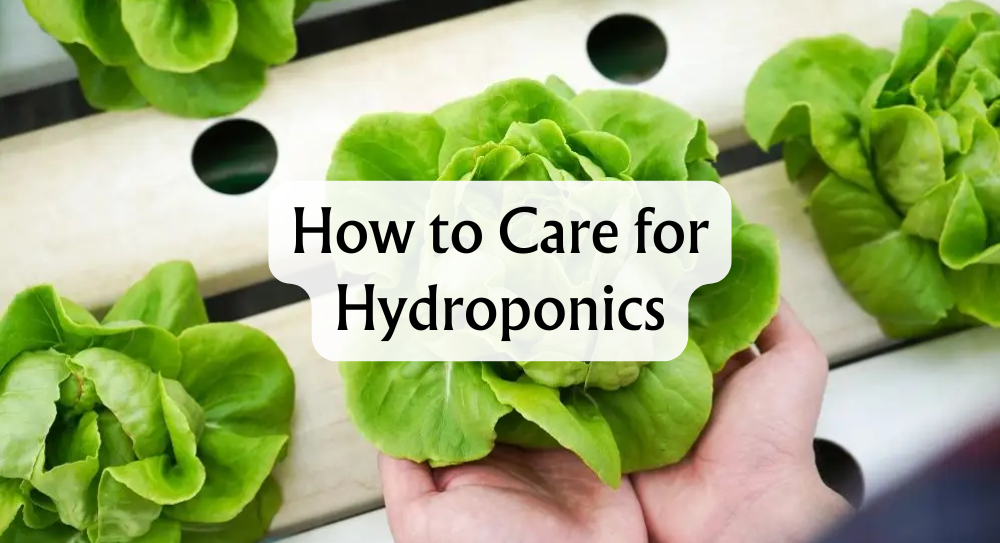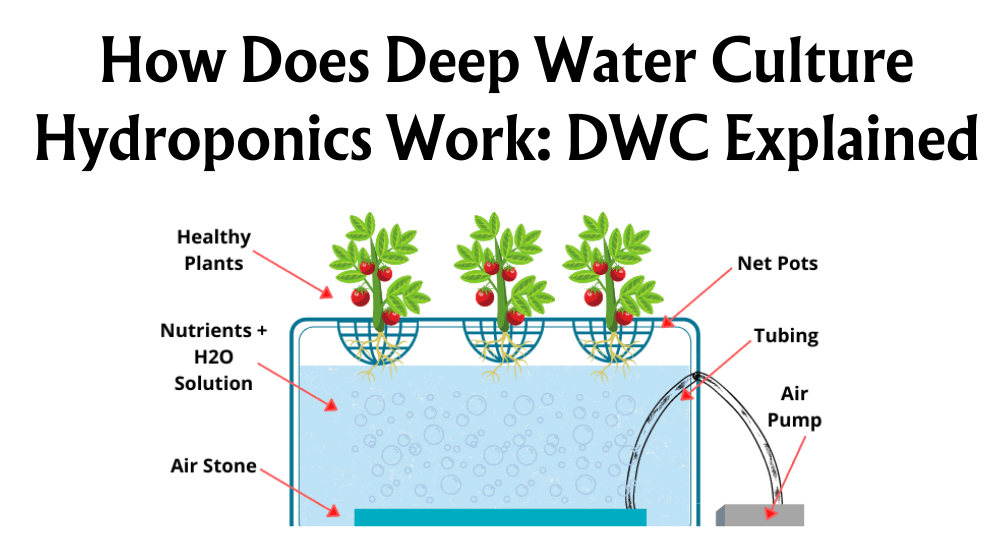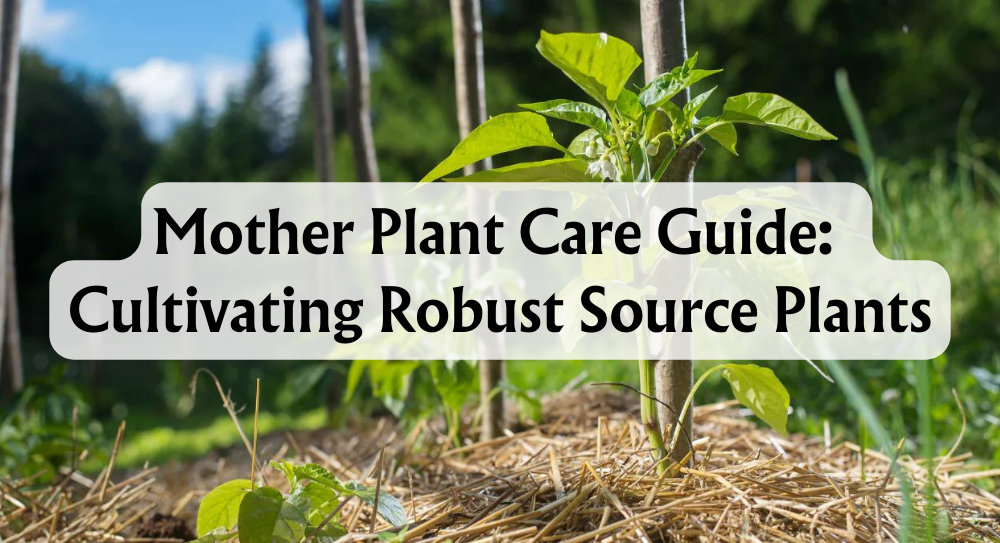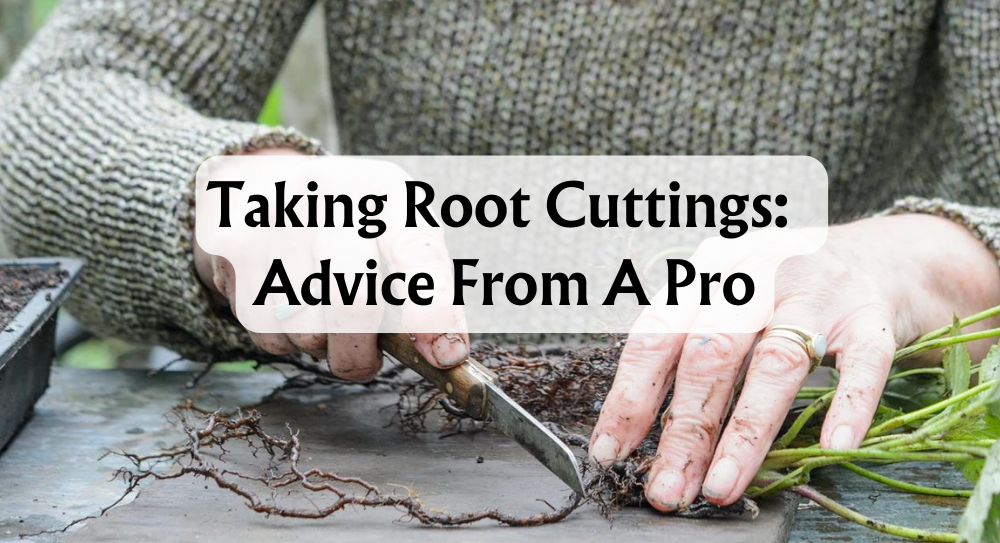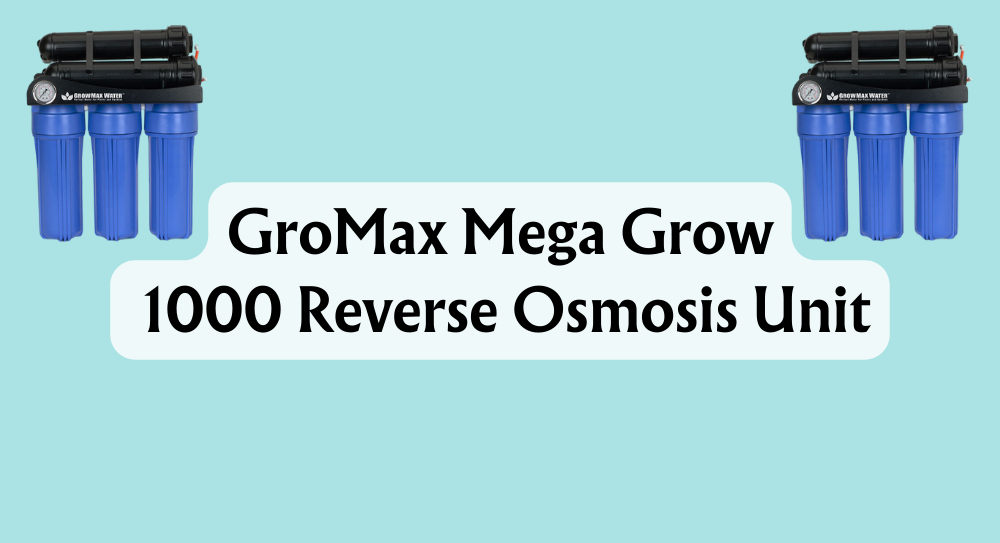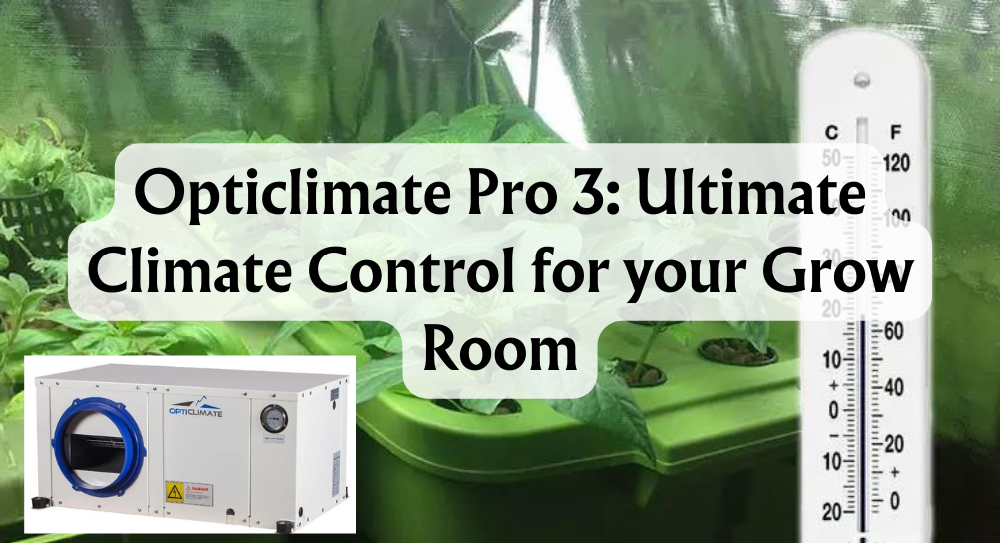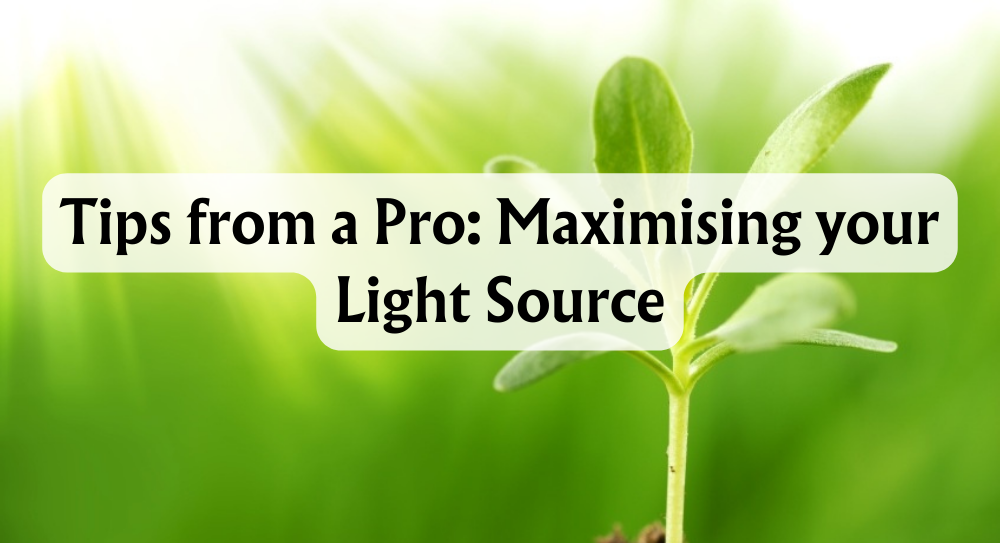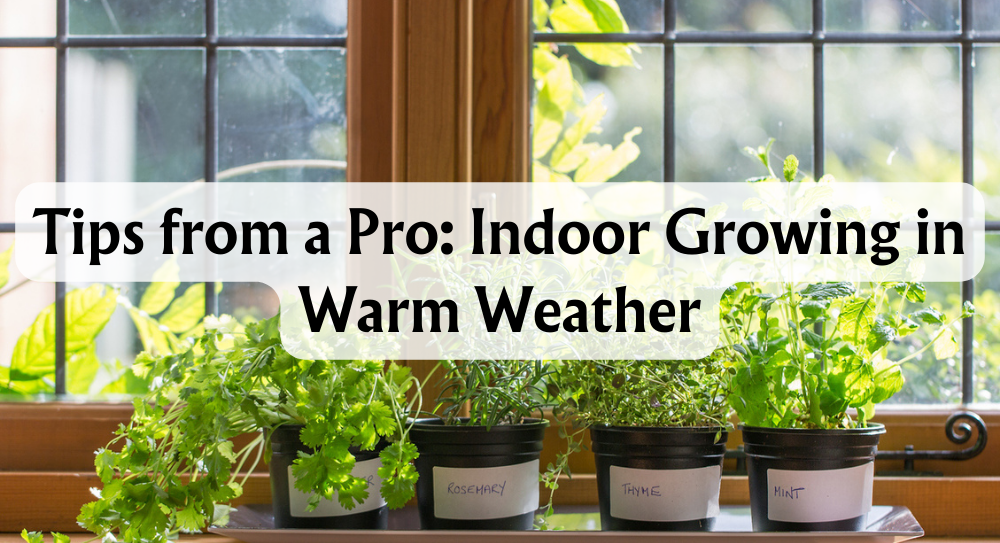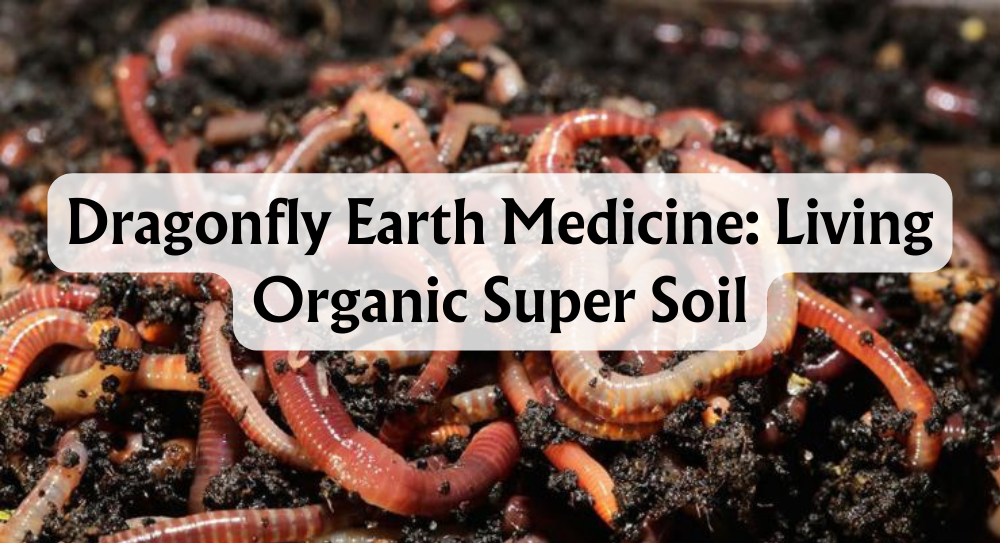Are hydroponic tomatoes healthy? As we explore this topic, it's clear that tomatoes grown in hydroponic systems can indeed be a nutritious choice. By growing tomatoes hydroponically, we can maximise both their flavour and health benefits. Hydroponics allows for the efficient use of water and nutrients, resulting in high yields and year-round growth. This method also offers the benefit of eliminating soil-borne pests, reducing the need for pesticides and potentially leading to cleaner fruit.
Hydroponic tomatoes have captured our attention not only for their practicality but also for their enhanced nutritional profile. These tomatoes often boast higher levels of vitamin C and other nutrients compared to their conventionally grown counterparts. While conventional and organic tomatoes show similar cadmium levels, hydroponic varieties offer unique advantages in terms of taste and size owing to the controlled growing environment.
As we continue to prioritise health and sustainability, hydroponic tomatoes present an appealing alternative. This innovative approach to agriculture can meet the increasing consumer demand for fresh, high-quality produce while minimising environmental impact. With all these benefits, it's no wonder hydroponic tomatoes are becoming a staple in modern diets.
Key Takeaways
- Hydroponic tomatoes are healthy and nutrient-rich.
- They offer pest-free and efficient year-round growth.
- They benefit from enhanced taste and sustainability.
Why Grow Tomatoes Hydroponically?
Why choose hydroponic systems for growing tomatoes? Let’s explore some of the compelling reasons together.
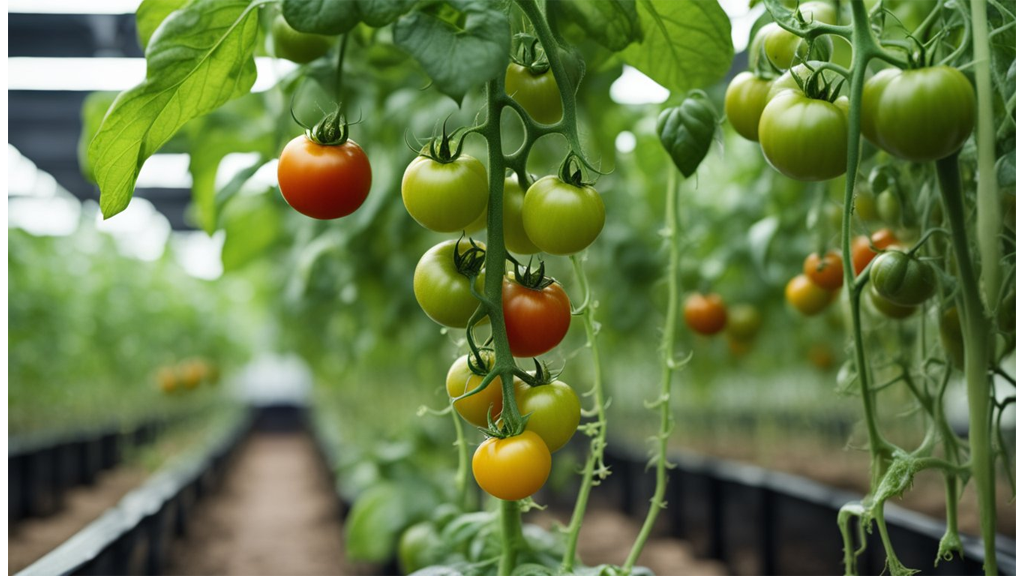
1. Year-Round Growing Potential
In hydroponics, we can grow tomatoes all year long. This is because the system allows us to control the growing environment, such as light and temperature. This ensures continuous production irrespective of the outside weather.
2. Efficient Water Use
Hydroponic systems are incredibly water-efficient. These systems recycle water and only use about 10% of the water that traditional soil-based systems need. This makes it a sustainable choice, especially in areas with limited water resources.
3. Controlled Nutrient Management
We have the ability to precisely manage nutrient intake, providing exactly what the plants need. This controlled nutrient supply can lead to healthier plants that grow faster and produce high-quality yields.
4. Reduced Pest and Disease Risk
Since hydroponic systems are often indoors, we face fewer problems with pests and soil-borne diseases. Fewer pests mean we can often avoid the need for harsh pesticides, which is better for our health and the environment.
5. Comparison with Soil-Grown Tomatoes
Hydroponic tomatoes are frequently larger and more flavourful when compared to their soil-grown counterparts. The ability to optimise growing conditions gives us an edge in achieving superior taste and texture.
6. Examples of Successful Hydroponic Tomato Farms
There are numerous successful farms that use hydroponics to grow tomatoes. These farms often report higher yields and increased efficiency. For example, a grower might produce 20% to 30% more tomatoes compared to traditional farming methods. This success underlines the promise of hydroponic systems.
What Hydroponic System Works Best for Tomatoes?
When considering hydroponic systems for tomatoes, we have several options. Let's explore a few popular systems.
Nutrient Film Technique (NFT) is a top choice. In an NFT setup, plants grow in a shallow stream of nutrient-rich water. This system is brilliant for tomatoes as it allows constant nutrient supply and good oxygenation. We must ensure the slope and flow rate are just right.
Pros of NFT include efficient water usage and rapid nutrient absorption. However, power outages could be disruptive, as the roots need continuous access to flow.
Deep Water Culture (DWC) involves suspending roots in nutrient solution while air pumps provide oxygen. It's simple and effective for tomatoes. DWC requires consistent monitoring of pH and nutrient levels.
A key advantage of DWC is the potential for high yield. However, temperature control is essential to prevent root issues.
Ebb and Flow works by flooding the root zone with nutrients before draining. This method suits tomatoes due to periodic irrigation, ensuring roots get both nutrients and air. Maintenance involves regular cleaning and pump checks.
Each system has its merits. Factors like space, budget, and expertise play a role in our choice. Keeping nutrient levels and temperature in check across systems guarantees healthy tomato growth.
Growing Hydroponic Tomatoes
Growing hydroponic tomatoes offers significant benefits, including more efficient nutrient absorption and higher yields. With careful management of light, nutrient mixtures, and plant spacing, we can cultivate healthy and abundant tomato plants. Detailed attention to factors like pH and EC values is crucial to avoid diseases and ensure vigorous growth.

Germination
Starting tomato seeds in a hydroponic environment requires an approach that ensures strong root development. We often use rockwool cubes as they provide an ideal medium for seed germination. To achieve the best results, we recommend choosing reliable seed varieties like Roma or Cherry. The germination phase usually takes 5-10 days. During this period, maintaining moisture is crucial. Avoid overwatering, which can impede seedling growth.
Tip: It’s essential to place the seeds in a warm environment, ideally between 20-25°C, to facilitate germination. Once germinated, transplant carefully into your chosen hydroponic system to avoid disturbing the delicate roots.
Light
Light plays a pivotal role in successful hydroponic tomato cultivation. LED grow lights are highly recommended due to their efficiency and ability to provide the full spectrum of light. We must provide intense light (at least 14-18 hours per day) during all growth stages. Proper lighting schedules promote healthy photosynthesis and reduce the risk of pests like two-spotted spider mites.
For the best results, keep the lights around 30-45 cm above the plants. This helps in replicating the sun's natural intensity. Adjusting the light distance occasionally can optimise growth without causing leaf burn.
EC Range
Electrical Conductivity (EC) measures the nutrient solution's ability to conduct electrical currents, reflecting nutrient concentration. An ideal EC range for tomato plants starts at 2.0 in the seedling stage and gradually increases to 2.5-3.5 during fruiting. This ensures the right nutrient levels.
Monitoring the EC level regularly is crucial to avoid nutrient burn or deficiency. Changes in the EC can signal nutrient imbalances or increased water uptake. Regularly adjusting these levels is a proactive approach to addressing these issues.
pH Range
Maintaining the correct pH balance is crucial for nutrient absorption. Tomato plants thrive at a pH of 5.8-6.5. Staying within this range ensures optimal uptake of essential nutrients like nitrogen, calcium, and magnesium.
Common challenges include pH fluctuations due to water quality or nutrient imbalances. We suggest using a pH meter to monitor and adjust as necessary with pH-up or pH-down solutions. Keeping the pH stable helps prevent issues with pests like cabbage loopers and diseases.
Nutrients
Tomatoes require a balanced nutrient solution with macro and micronutrients throughout various growth stages. Essential elements include nitrogen, phosphorus, potassium, along with trace elements like iron, boron, manganese, copper. During different growth phases, adjust nutrient solutions for optimal efficiency.
In the fruiting stage, increase potassium and phosphorus while maintaining adequate levels of nitrogen and magnesium. This provides the plant with the necessary elements for robust fruit development. Frequent evaluation of the nutrient solution ensures deficiencies are avoided.
Spacing Requirements
Proper spacing is vital for light penetration and air circulation, reducing fungal diseases and whitefly infestations. Individual tomato plants should ideally be planted 30-50 cm apart. This spacing allows room for healthy growth and access to nutrients.
When considering vertical farming or trellising methods, ensure plants are supported to enhance growth and maximise space use. Vertical methods allow efficient use of available room as we stack layers with adequate light and airflow. Regular pruning also keeps the plants manageable and healthy.
Cost of Growing Hydroponic Tomatoes
When we dive into hydroponic systems, one of the first things to consider is the initial setup cost. Buckets, PVC pipes, lumber, and poly pipes are essential. From our research, prices might look like this, depending on the scale of set-up and suppliers:
| Item | Estimated Cost |
|---|---|
| 10 buckets | £20 |
| Lumber and PVC pipe/fittings | £30-80 |
| Poly pipe and drip spikes | £50-80 |
Once the initial setup is done, ongoing maintenance becomes a concern. Nutrients, electricity for pumps, and water make up most of this. Monthly expenses might be about £40-£70, depending on energy rates and nutrient brands.
Comparing hydroponic with traditional soil-grown methods, we find long-term savings in water and nutrient efficiency. Soil systems might be cheaper initially, but hydroponics often requires less water and fewer nutrients, saving costs as it matures.
With the right approach and consistent care, hydroponic tomatoes can become a worthwhile investment. It's about balancing initial and ongoing costs with yield and market prices.
Benefits of Growing Tomatoes Hydroponically
Growing tomatoes hydroponically comes with a range of benefits. Increased yield and faster growth are often cited as key advantages. Without the limitations of soil, tomato plants can grow vigorously, allowing us to enjoy bountiful harvests. This method results in tomatoes that are available outside the traditional growing seasons, extending our access to fresh produce year-round.
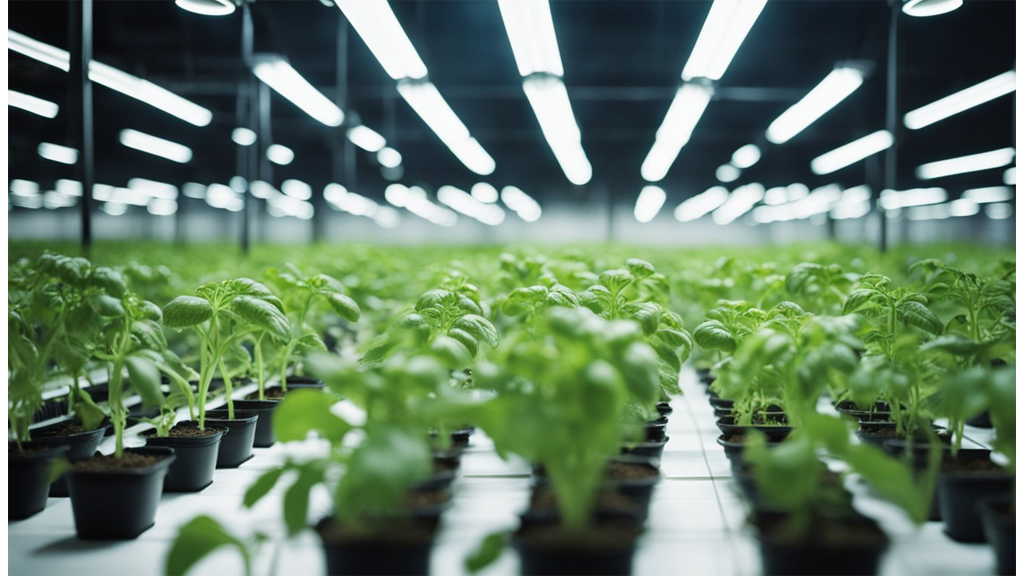
Water and resource efficiency is another strong point. Hydroponic systems recycle water and nutrients, reducing waste significantly. Given the challenges of water scarcity, this feature makes hydroponics an environmentally friendly option. We use less water compared to traditional farming, conserving a crucial resource on our planet.
The reduction in pesticide use cannot be overstated. Growth in a controlled environment allows our tomatoes to be less exposed to pests and diseases. As a result, hydroponics typically requires fewer chemical interventions, leading to healthier produce for us to consume.
Urban and small space gardening benefits greatly from hydroponic systems. Cities and towns where space is limited can still host thriving tomato farms. The ability to grow in urban and small spaces means we can cultivate fresh food in areas previously unsuitable for agriculture. By utilising vertical farming techniques, even the space available in urban areas can produce substantial yields.
In summary, hydroponic systems offer efficiency and sustainability, making them a valuable tool in modern agriculture. By capitalising on these benefits, we can ensure a healthier and more sustainable future for our food supply.
Nutritional Value
When we talk about hydroponic tomatoes, their nutritional value is a significant point of discussion. These tomatoes are rich in vitamins and minerals, much like their soil-grown counterparts. They are excellent sources of Vitamin C, Vitamin K, potassium, and folate. High in antioxidants, they provide notable health benefits.
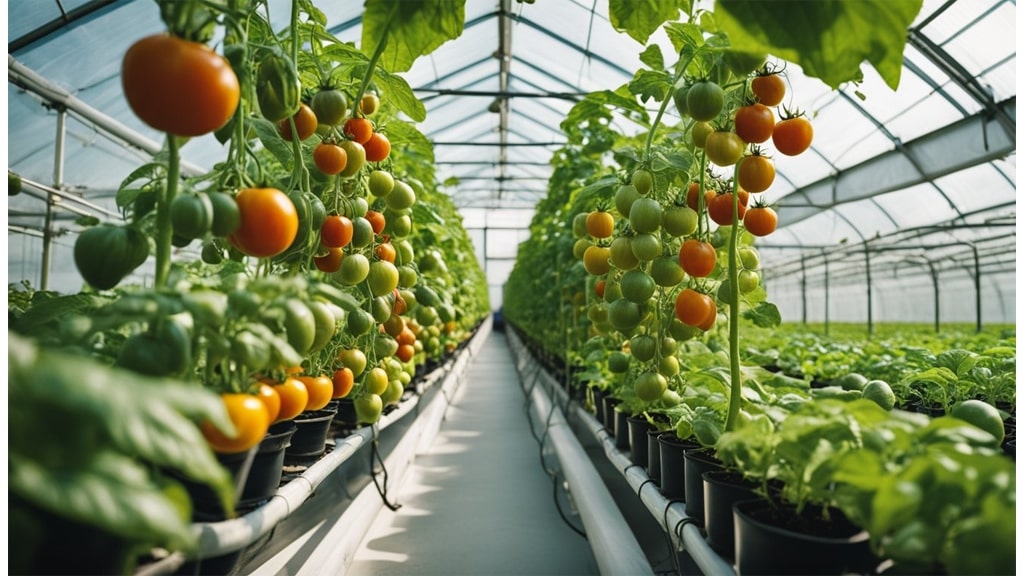
Hydroponically grown tomatoes can have similar nutrient levels to those grown in soil, although this can vary. The nutrient solution used in hydroponics can influence the levels of micronutrients like copper, iron, manganese, and zinc. It's important for hydroponic systems to maintain a well-balanced nutrient solution for optimal results.
Some of us might wonder if growing tomatoes hydroponically affects their taste and texture. Interestingly, studies such as those by Kunsch et al. show that hydroponic tomatoes can have a higher sugar/acid ratio, potentially enhancing taste. This may lead to a sweeter taste, which many of us find appealing. Some even argue the crisp texture is a plus.
In summary, hydroponic tomatoes can be just as nutritious and flavourful as soil-grown tomatoes. With careful management, they not only meet but may exceed conventional expectations in taste and quality. While taste and texture can be subjective, the nutrient-rich profile of these tomatoes is hard to dispute.
Conclusion
Hydroponic tomatoes present a remarkable choice for those seeking nutritious and environmentally friendly produce. These tomatoes are cultivated without soil, leading to fewer pests and diseases. This process also saves water compared to traditional farming methods, helping us to conserve precious resources.
Let’s not forget the nutritional benefits. Hydroponic tomatoes have been known to reduce the risk of chronic diseases, improve immune function, and support a healthier lifestyle. In comparison to conventional options, they show similar, if not superior, nutritional qualities.
For those of us considering starting a hydroponic venture, this method offers a way to engage in sustainable agriculture. It’s ideal for urban environments and limited spaces where soil might not be available. Feeling inspired? Perhaps it's time for us to try our hand at growing our own hydroponic tomatoes.
For more detailed guidance, several resources are available online. Books, online courses, and community forums provide further insights into setting up and maintaining a hydroponic system. These platforms can greatly assist us in understanding the nuances and best practices of hydroponic farming.







 Store Locator
Store Locator

